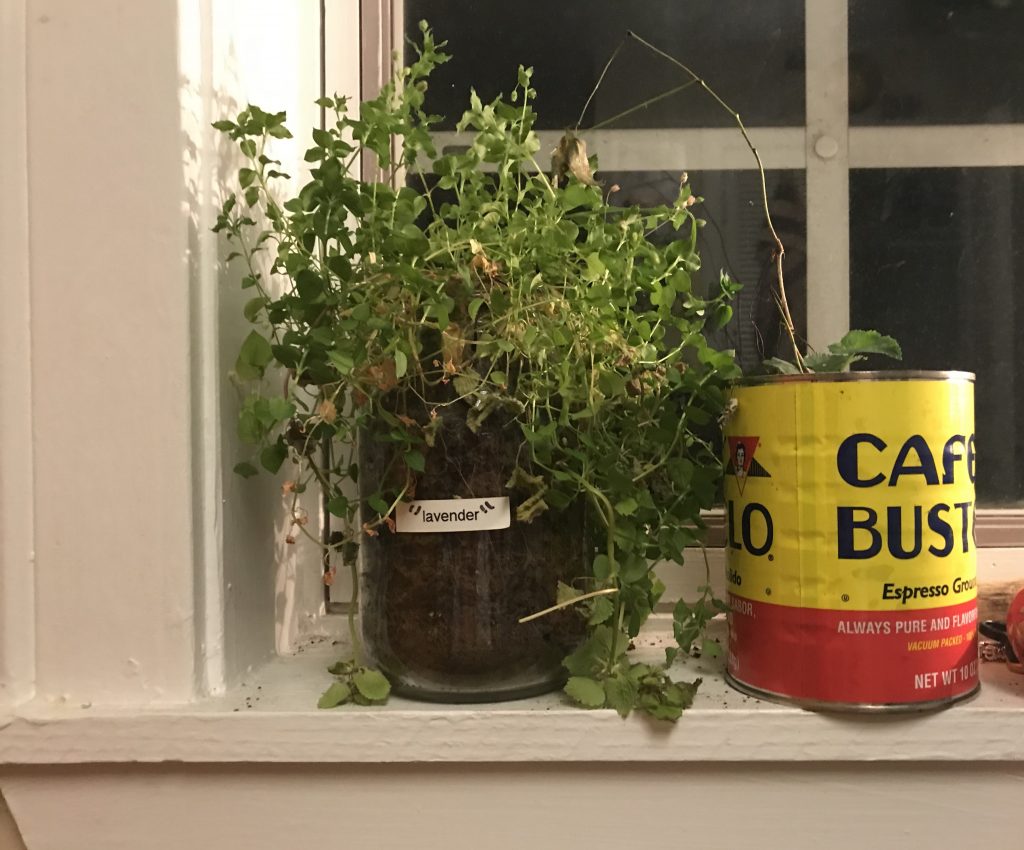3/9/19
Frankly, I do not know how to even begin to interweave the natural history of a place into a assumedly free-form “journal” entry. “Journal” implies that this contains my thoughts, my reflections, et cetera. I do not find myself often thinking “the last time the Guilford woods was logged was in XXXX.” Although valid to require natural history, I have trouble “naturally” incorporating this knowledge, learned through research specific to this task, into an intentionally free form, for this transforms it from “task” to “assignment,” “assignment” to “grade,” “grade” to “value,” and I do not wish to have the value of my experience in the natural world determined by knowledge of its history. The experience of a natural space has, in my experience, relied far more on the actual experience of it than an intrinsic knowledge of its species, its general history. To claim otherwise is to say that one cannot enjoy a natural space without this knowledge.
Anyways.
The Guilford woods aren’t exclusive to the land they occupy. There’s a spirit within them, tangible or not, that often follows. Or, rather, there’s a spirit we place in the woods, and that it follows is simply us taking our own perceptions with us.
More literally, I wonder about the boundaries of a forest, and their potential for growth. It seems to me that forests are named and shrunken, and because the opportunity is never present, we never get a chance to consider the spreading of their boundaries. Given the sentimental, personification-inclined individual that I am, I find myself comparing such growth to a family dynasty. If a forest were transplanted, every species of every plant, animal, etc., to a virtually identical non-human environment that was previously infertile (i.e. unnamed) would the wilderness retain the same name?
Although entirely implausible, I find this logic sound enough to go on as truth in my mind. That being said, my room is an extension of the Guilford woods, adorned with potted plants transplanted from various areas of the woods: in one window hangs an ebony spleenwort fern, in the other an akebia vine, on my desk a wild violet, and in the windowsill a flourishing weed that took over a lavender plant.
In an increasingly technological world, one that deems blogging the most appropriate manner in which to write your reflections on the natural world, I find it difficult to make time exclusively dedicated to an appreciation of the natural world. Although I live a stone’s throw from an impressive expanse of relative wilderness, I am often subdued by the humming fluorescent lights, the glaringly pale walls, the speakers, car horns, et cetera. Transplanting the Guilford woods twenty feet, into my home— reclaiming the land developed in 1990 at the inception of where I now live— brings it closer to obtainability.
